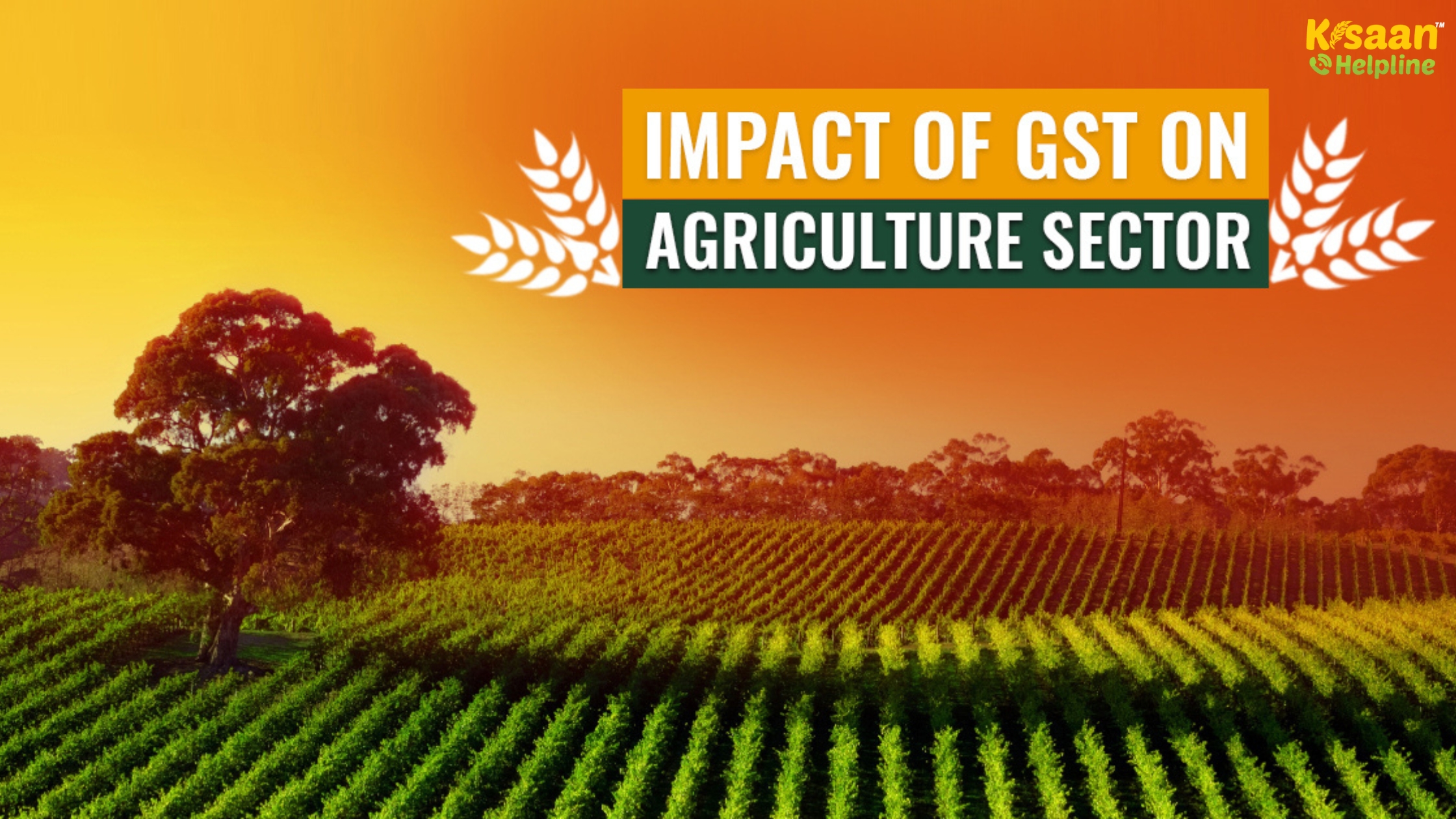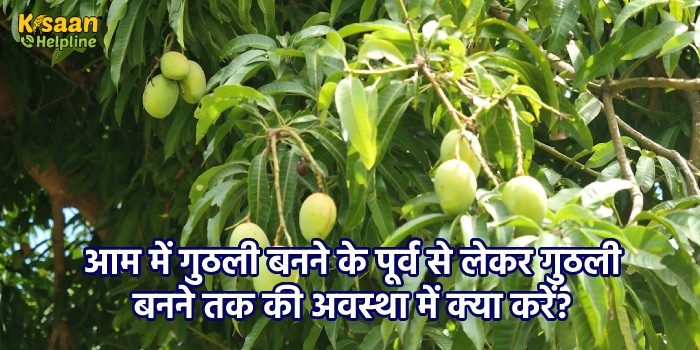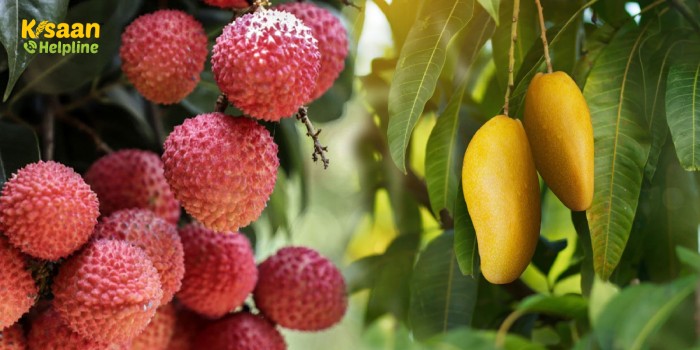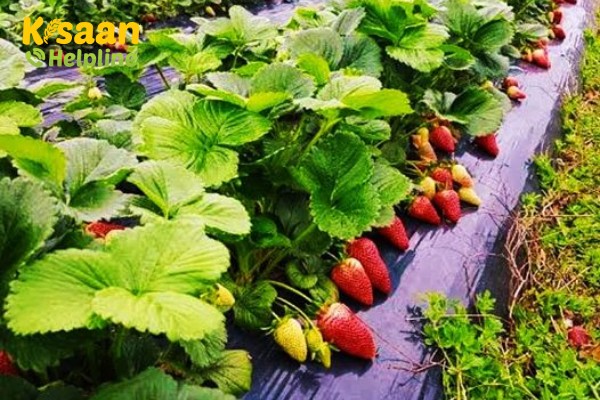India Slashes GST on Tractors and Agri Inputs


Kishor Dhakad
22-09-2025India Slashes GST on Tractors and Agri Inputs: A Major Boost for Farmers and Rural Economy
The Government of India has taken a landmark decision by reducing the Goods and Services Tax (GST) on tractors, farm machinery, fertilizers, and other essential agricultural inputs. Effective from 22nd September 2025, this reform is being hailed as a “Diwali gift” to farmers, as it promises to lower cultivation costs, encourage mechanization, and strengthen rural livelihoods.
This article explores the details of the GST reduction, its direct and indirect benefits, the impact on allied sectors, and its long-term role in transforming Indian agriculture.
GST Rationalization in Agriculture: What Has Changed?
Agriculture has always been a cornerstone of India’s economy, and reducing input costs plays a vital role in making farming more sustainable. The government’s decision to rationalize GST is aimed at making farm equipment and inputs more affordable, especially for small and marginal farmers.
Key GST Reductions:
Tractors and Farm Equipment:
Reduced from 12% or 18% to 5%, significantly lowering the upfront cost of purchase.Spare Parts (Tyres, Hydraulic Pumps, etc.):
Previously taxed at 18%, the rate has now been reduced to 5%, resulting in lower maintenance expenses.Irrigation Equipment (Sprinklers, Drip Systems, etc.):
Tax reduced from 12% to 5%, promoting water-saving technologies.Bio-Pesticides:
A tax cut from 12% to 5% encourages eco-friendly and sustainable farming.Fertilizer Inputs (Sulphuric Acid, Nitric Acid, Ammonia, etc.):
Earlier at 18%, now reduced to 5%, lowering fertilizer production costs.Allied Sectors (Dairy, Aquaculture, Solar-Powered Equipment):
Dairy products like ghee and butter now attract only 5% GST, while reductions in aquaculture inputs and solar-powered solutions aim to expand sustainable practices.
This sweeping reduction signals the government’s commitment to making agriculture more competitive, both domestically and globally.
Why This GST Reform Matters for Farmers
1. Lower Cultivation Costs
Farmers often struggle with rising input costs that eat into their profits. By reducing GST on machinery, spare parts, fertilizers, and pesticides, the government directly reduces the cost of production, allowing them to save more.
2. Encouragement of Mechanization
High taxation previously acted as a barrier to purchasing modern farm machinery. With tractors and equipment now taxed at just 5%, mechanization becomes more affordable, helping farmers increase efficiency and reduce dependency on manual labor.
3. Support for Small and Marginal Farmers
Nearly 85% of Indian farmers fall under the small and marginal category, often unable to invest in expensive equipment. This reform makes it easier for them to access advanced technologies, bridging the gap between traditional and modern farming.
4. Boost to Food Security and Self-Reliance
Lower production costs enhance profitability, ensuring farmers remain motivated to produce more. This strengthens domestic food security while keeping Indian produce competitive against imports, aligning with the goal of an Atmanirbhar Bharat (self-reliant India).
State-Level Implementation: Gujarat and Andhra Pradesh Lead
While the reform is nationwide, some states have already taken proactive measures to maximize its impact.
Gujarat:
The government announced that 1 lakh farmers will directly benefit from GST reduction on tractors and inputs. The tractor registration deadline has been extended to ensure more farmers can avail benefits. Each farmer is expected to save ₹35,000 to ₹40,000 under the new tax structure.Andhra Pradesh:
The state’s BJP unit is organizing celebrations on 22nd September 2025, marking the implementation of simplified GST reforms. These events aim to raise awareness about the benefits among rural communities.
Such localized efforts ensure that farmers are well-informed and quick to adopt new reforms.
Ripple Effects Across Allied Sectors
The GST cut is not limited to core farming but extends its benefits to allied industries, which are critical pillars of India’s rural economy.
1. Dairy Sector
With GST on products like ghee, butter, and processed dairy items reduced from 12% to 5%, domestic dairy consumption is expected to rise. This benefits both small-scale dairy farmers and large cooperatives like Amul.
2. Food Processing and Agri-Exports
Prepared and preserved fruits and vegetables now attract lower GST, boosting India’s competitiveness in the processed food export market. This could position India as a stronger agri-export hub.
3. Aquaculture and Honey Production
Reductions in taxes on aquaculture inputs and honey-related products lower operational costs for these growing sectors, encouraging rural entrepreneurship.
4. Solar-Powered Agricultural Equipment
Lower taxes on solar-powered equipment promote renewable energy adoption in farming, reducing dependency on costly fossil fuels while aligning with India’s green energy goals.
Broader Economic and Social Impact
Enhancing Farmers’ Incomes
By reducing taxes on critical inputs, the reform supports the government’s vision of doubling farmers’ income. Savings on machinery and inputs translate into higher profitability and better financial security.
Strengthening Rural Livelihoods
Lower cultivation costs and improved productivity create a positive cycle, encouraging more youth to stay in farming and rural enterprises instead of migrating to cities.
Encouraging Investment in Agri-Tech
With equipment and inputs becoming more affordable, demand for modern tools will grow. This opens new avenues for agri-tech companies, startups, and manufacturers, fueling rural innovation.
Conclusion: A Milestone Reform for Indian Agriculture
The government’s decision to slash GST on tractors, fertilizers, machinery, and allied sectors is a game-changing reform for Indian agriculture. It directly addresses farmers’ concerns of high cultivation costs while encouraging modernization and mechanization.
Beyond farming, the impact on allied sectors like dairy, aquaculture, solar farming, and food processing ensures that rural India becomes more resilient and competitive. With millions of farmers set to benefit, this reform strengthens India’s agricultural foundation and boosts the vision of a self-reliant, farmer-friendly economy.
In essence, this move is more than just a tax cut—it is a strategic investment in the future of Indian agriculture, supporting productivity, sustainability, and prosperity across the nation.
Smart farming and agriculture app for farmers is an innovative platform that connects farmers and rural communities across the country.
Explore
Important Link
© All Copyright 2024 by Kisaan Helpline








